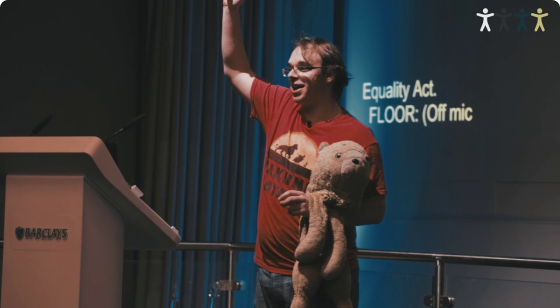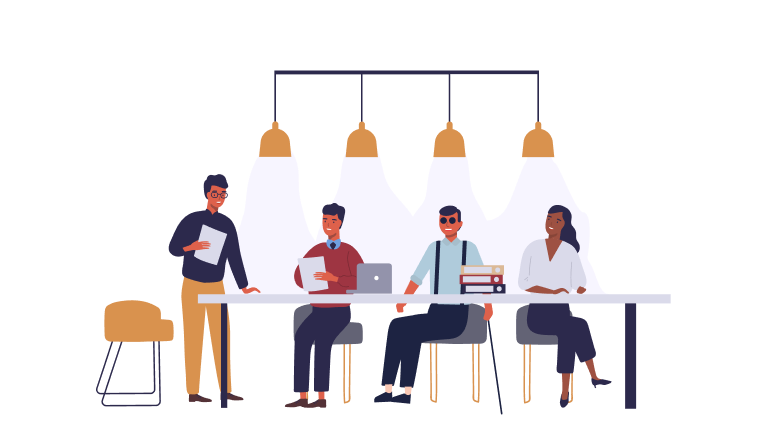Global Accessibility Awareness Day


Global Accessibility Awareness Day
Thursday, May 15, 2025, help us celebrate the 14th Global Accessibility Awareness Day (GAAD)! The purpose of GAAD is to get everyone talking, thinking and learning about digital access and inclusion, and the more than One Billion people with disabilities/impairments.
The GAAD Foundation
The GAAD Foundation was launched in 2021 to mark GAAD’s 10th anniversary. Its mission is to disrupt the culture of technology and digital product development to include accessibility as a core requirement.
What is Digital Accessibility?
Digital accessibility refers to the ability of people with disabilities/impairments to independently consume and/or interact with digital (e.g., web, mobile) applications and content. Take a look at WebAIM’s The WebAIM Million, for a current snapshot of trends and issues regarding web accessibility.
State of Accessibility
In 2020, WebAIM analyzed one million home pages for accessibility issues and found the following:
According to WebAIM Million Report
- 98.1% Home Pages With At Least One WCAG 2.0 Failure
- 60.9 Average Number of Errors Per Home Page
Population Affected By Inaccessibility
From both a civil rights and a business perspective, people with disabilities are underserved by today’s digital products.


1 Billion People Worldwide Have Disabilities
Common Disabilities/Impairments
-
Visual
People who are blind need alternative text descriptions for meaningful images and use the keyboard and not a mouse to interact with interactive elements.
-
Hearing
People who are deaf or hard of hearing will need captioning for video presentations and visual indicators in place of audio cues.
-
Motor
People with motor impairments may need alternative keyboards, eye control or some other adaptive hardware to help them type and navigate on their devices.
-
Cognitive
An uncluttered screen, consistent navigation and the use of plain language would be useful for people with different learning disabilities/impairments.
Accessibility Removes Barriers and Unlocks the Possible
Here are some examples of how inclusive design and development can impact lives.

Cognitive Accessibility- Jamie Knight & Lion
Watch Now
James Learns About Apple’s Take on Accessibility
Watch Now
Justin Finds a Voice Through Inclusive Technology
Watch Now
Rikki Explains How Apple Accessibility Helps Her
Watch NowWays You Can Help
-

Attend in-person, virtual, or private events.
Attend an Event -

Host your own events.
Submit Your Event -

Participate in activities, initiatives, or projects.
Participate